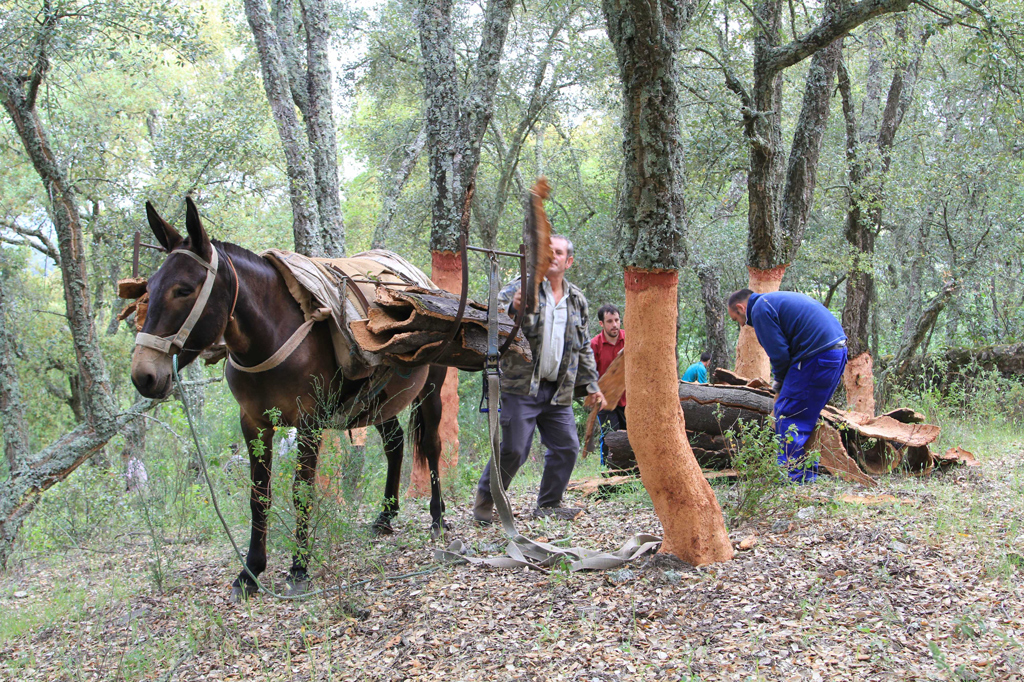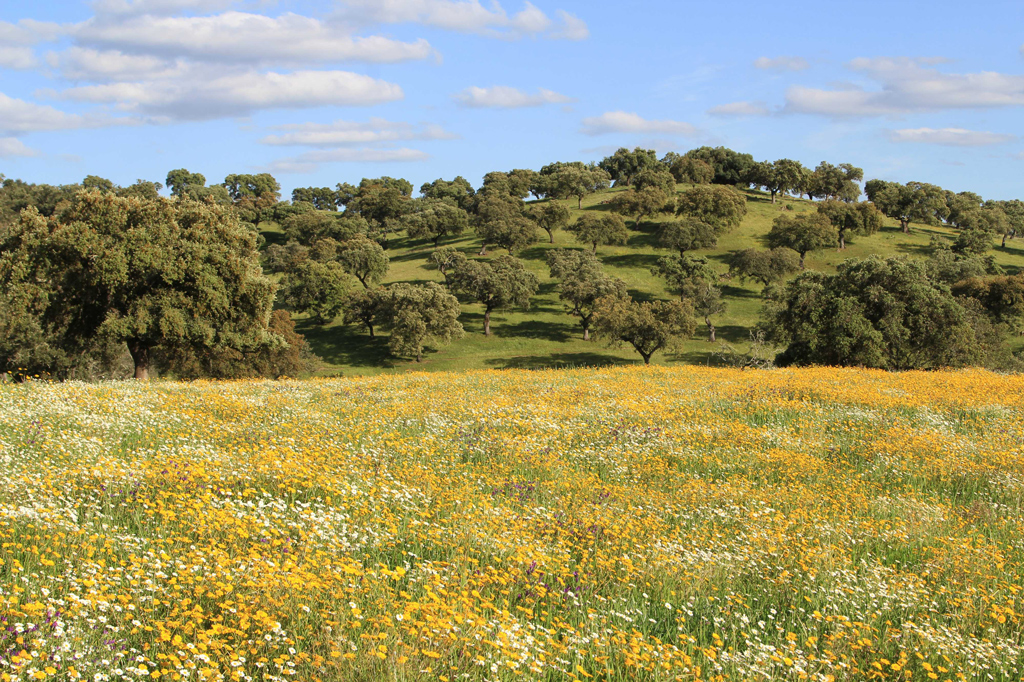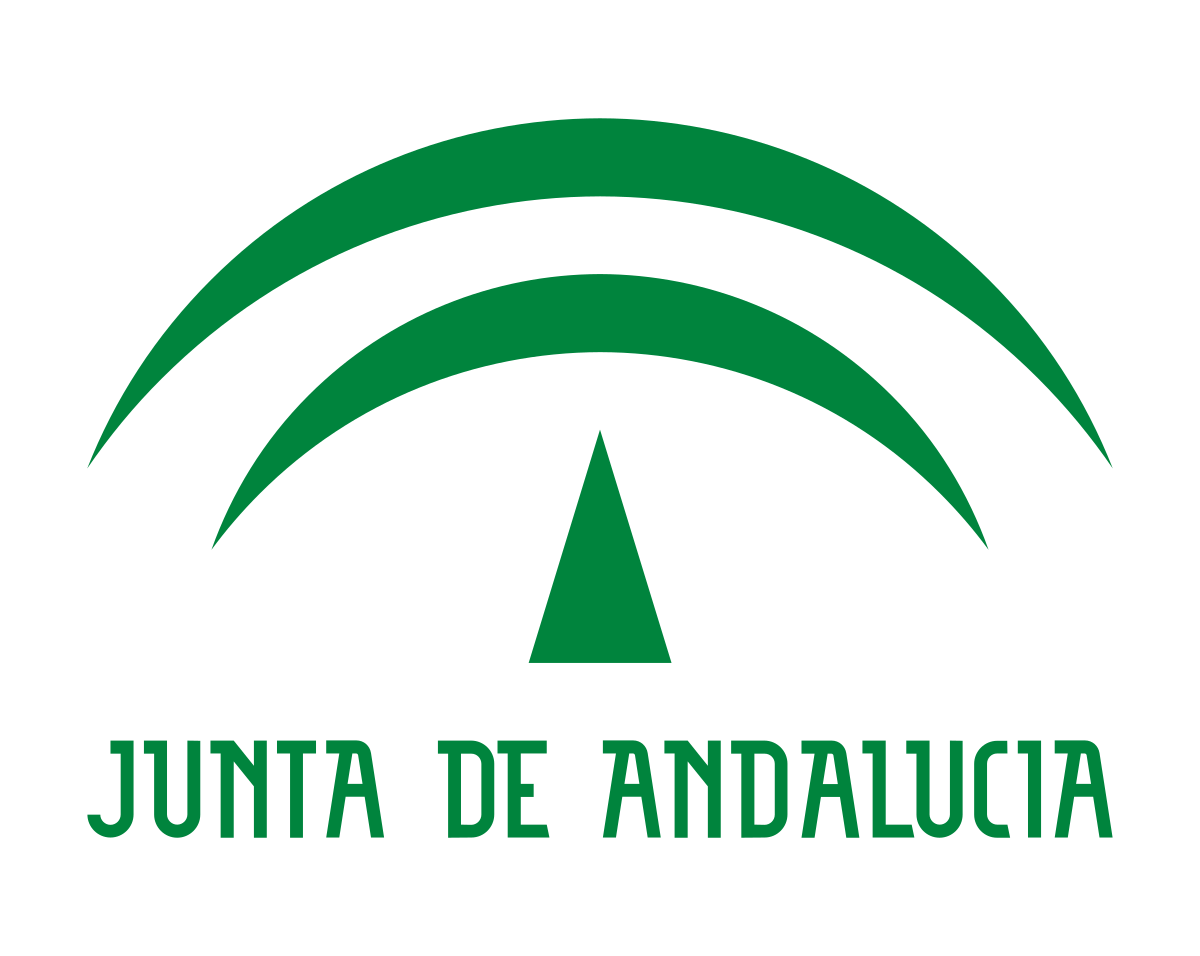Case Study
Carry out a territory development policy based on its contribution and demand for ecosystem services.
Contact name
Javier Soto Vázquez
Institution name
Regional Ministry of Environment and Spatial Planning of Andalusia.
Region & country
Andalusia, Spain
Summary
The objective of the Sustainable Development Plans (PDS) is to orient investments and actions towards the improvement of the standard of living inside Natural Areas, maintaining the protection and conservation of biodiversity.
There are evaluations of ecosystem Services in territories, but in large dimensions: world, Spain or Andalusia.
The project aims to carry out these evaluations in smaller territories (Natural Parks) in order to add to the PDS an assessment of the ecosystem services that contribute or demand to the system.
The intention is to:
- Know the ecosystem services, their supply and demand by areas.
- Value these services.
- Help making decisions for sustainable economic development planning.

Cork extraction is an economic activity linked to protected areas
Photo by Borja Pozo

Meadows and farms inside protected areas are a supply ecosystem services.
Photo by Borja Pozo
Background of the project
The Natura 2000 network covers more than 2.67 million hectares in Andalusia, and since 1989, Sustainable Development Plans have been implemented in more than 20 natural areas of this kind.
Each plan contains a description of the protected area and a diagnosis of its environmental and socioeconomic situation, as well as the lines of action and specific measures assigned to the different areas oriented to the above objectives of conservation and economic development.
The PDSs already contain wide information, coming from socio-economic statistics, interviews and participatory forums. However, the importance of ecosystem services is increasingly recognised, so an inventory of these services is considered to be an essential source of information.
The addition of this inventory to the PDS seeks to describe in which zones of the protected areas the different ecosystem services are generated and demanded, identifying the sustainability of the actions to be taken.
Solution and actions taken
The solution is to add to the already existing information a location of the places where different ecosystem services are generated and demanded, classified according to their function of supply, culture or regulation.
For this, several methodologies have been valued and it is intended to be done by the so-called “Matrix”. According to this methodology, which has already been implemented in other planning systems, an ecological and socioeconomic characterisation is made for each unit, resulting in the so called Matrix.
The main actions taken were:
- Adding to the work plan and to the existing methodology the necessary tasks to obtain information on the availability and use of ecosystem services.
- For the evaluation of ecological services characterisation, collecting information on land use, vegetation, animal species and use demand.
- In addition, for the socio-economic characterisation, different surveys and interviews are carried out and some forum of experts were held.
Other institutions or parties involved
In the implementation of this project, the institutions and departments next have been involved. These institutions also act as stakeholders in IMPACT project, which objective is to design and test innovative models of sustainable development inside protected areas and that is led by the Andalusian Regional Government.
- Delegations of the Andalusian Administration in functions of Economy, Tourism, Agriculture and Culture.
- Local entrepreneurs in general, with special attention to Tourism and Primary sector.
Results
The system implemented provides a description of the ecosystem services supplied by natural and urban areas.
This description is composed by two components: the ecological (or natural) system that supplies the services, and the socioeconomic system that demands them.
The two systems are permanently related and thanks to it, an objective evaluation of the different services is established. The tool allows to know the evolution of the systems and helps to make decisions based on simulations.
Challenges
- The collect information in a systematic and reliable manner, as this is the first time this information is collected in this framework.
- To determine the economic value of the ecosystem services itself.
- Strong difficulties were faced for the evaluation of the ecological services, precisely because they represent values that are far from the traditional concepts of the economy and the market.
Lessons learned
- The information obtained through this methodology is very useful to know the value of ecosystem services.
- For the first time, the value of the ecosystem services and the places where they are generated and demanded can be quantified.]
- The system allows making decisions for the protection and development of these spaces with an objective and quantitative basis.
- The system allows to define indicators of human well-being and diagnosis actions aimed at their improvement.
Contact name
Javier Soto Vázquez
Institution name
Regional Ministry of Environment and Spatial Planning of Andalusia.
Website(s)
